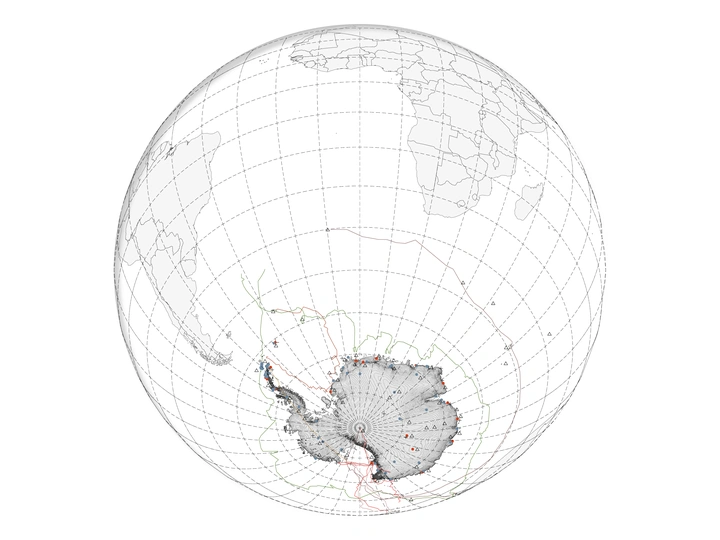Habitability in Extreme Climates

Facundo Rasch
Stefania Casarin is an architect and urban planner graduated from the Faculty of Architecture, Urbanism, and Design at the National University of Córdoba. Her outstanding research in Antarctica Argentina, focused on habitat and extreme climates, addresses issues relevant to global warming and the impact of architecture on landscapes and cities. As a result of this work, she has served as a lecturer, juror, and promoter of academic activities, as well as editor-in-chief of various academic and research publications. With numerous awards in national and international competitions, as well as research grants, her practice focuses on projects that span scales, with a clear focus on liveability, sustainability, and resilience in cities and infrastructure. She is currently pursuing her Master's Degree in Architecture and Urban Design at the Politecnico di Milano. Design. She is a founding partner of ARC Architectural Office, a research and design studio based in Milan.
Facundo Rasch is an architect and urban planner graduated from the Architecture, Urbanism and Design School of the National University of Córdoba. In his professional and academic activity, he addresses sustainable urban design as the central theme towards more equitable and sustainable cities. Throughout his career, he has been awarded numerous national and international competitions, in addition to research grants. His vocation for design and academia drives him to continuously train on the latest practices and theories in the fields of Transport and Mobility, Infrastructure, and Planning as key focuses for the design of more resilient and sustainable territories. He is currently pursuing his Master's Degree in Architecture and Urban Design at the Politecnico di Milano. Design. He is a founding partner of ARC Architectural Office, a research and design studio based in Milan.
The research focuses on the urgent global need to address habitat challenges in climatically extreme environments. Here, the following question arises regarding climate change: What do we consider as extreme climates today? Are these environments only relegated to the most remote and inhospitable places in our world, or are places like New York with temperatures below -40 degrees Celsius, or Rio de Janeiro with temperatures that go to 61 degrees Celsius, also affected by these challenges?
Currently, climate is one of the most influential factors in the global habitat. The Antarctic environment allows us to understand this close relationship and draw conclusions transferable to various territories. Antarctica is an exceptional scenario to study how the interaction between architecture, isolation, and cultural imprint generated unique adaptations to the extreme conditions of this continent.
The scope of the research extends to the various factors that allow us to understand habitability in the Antarctic continent. For this purpose, a detailed analysis is conducted on the architecture and its specific adaptability patterns, the influence of psychological and social factors, the planning and spatial distribution of scientific stations, and the design strategies that promote collective solutions that reinforce a beneficial and respectful relationship between individuals and the environment. Additionally, it is interesting to note that this methodological analysis of an extreme climate and its influence on habitat will be replicable in the future to address other climates essential for the preservation of our world, such as the Amazon, the Arctic, the Atacama Desert, the Uyuni Salt Flats, among others.
The research, started in 2020, is ongoing, and is preparing to publish its first book by the end of 2024.